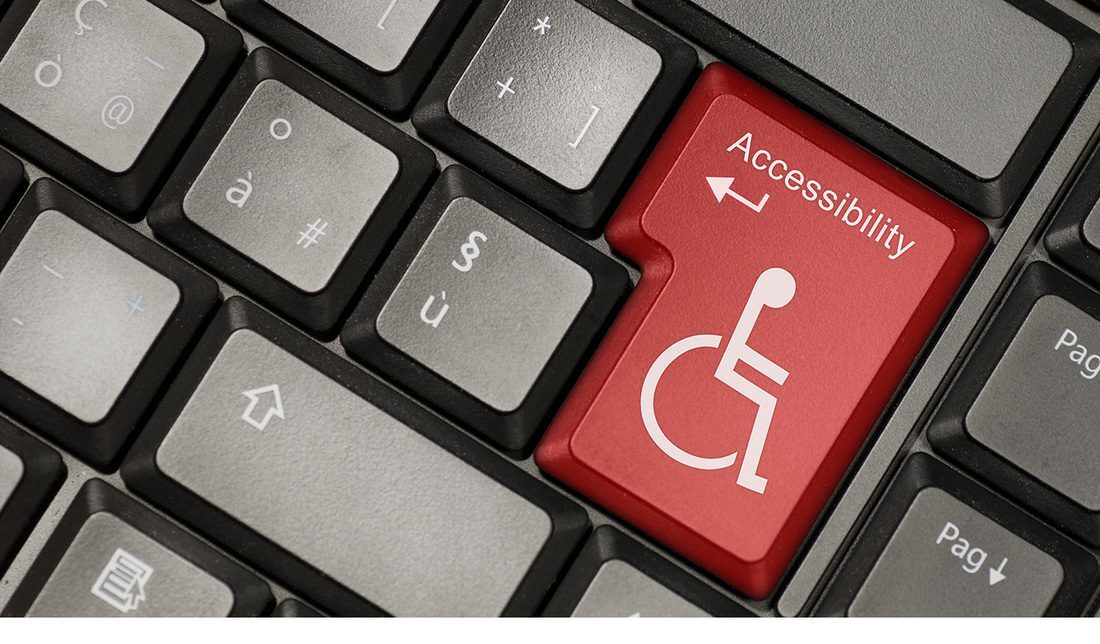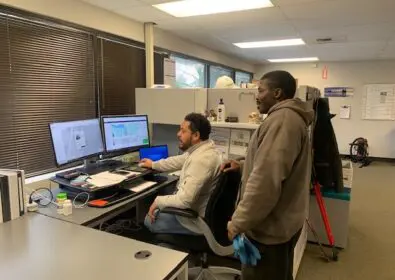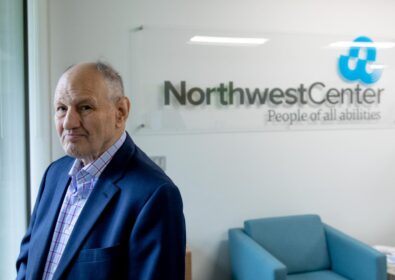

5 New Tech Trends For Everyday Life

When it comes to what can be accessed with VR, the possibilities are seemingly endless. No matter what interests the user decides to pursue, the main benefit for all people is to be able to engage with foreign topics in a safe space. Whether overcoming a fear or accessing a previously unreachable place, VR provides a protected place for the user to interact with other worlds. The best part? VR technology doesn’t have to come at a high price point; a $15 box that couples with a smart phone application can be found here.
Also of benefit: new research is focusing on the health benefits possible with this technology, including both cognitive and physical exercises meant to engage participants regardless of geographic location or transportation availability.
2) Smart Home Systems
Smart Home systems are beginning to gain real traction, especially because they have the capability to enhance the day-to-day lives of people living with disabilities. Tracking technology means that the individual’s movements are tracked as the go from room to room, making sure to turn on lights as they enter. Other options include heat control and the ability to sync other devices like stoves and fans to work on command.
Certain systems are able to lock and unlock doors and provide a live video feed when someone is at the front door. Check out several articles on smart home technology here.
3) Smart Transportation/Tracking Technology
While there are several different options offered in this realm, some of the most compelling innovations include being able to track arriving buses and trains and using popular ride-sharing applications for people in wheelchairs. Google Maps makes it easy to plan how long your journey will take, whether by public transportation, car or on foot or in wheelchair.
Several popular ride-sharing services are also adjusting their models to be more inclusive of people of all abilities. Uber has added an option for people in wheelchairs to be able to summon properly equipped vehicles; while Lyft offers a similar service in most major markets.
4) Text-to-Speech Capabilities of E-readers
Great for those with limited eye function or motor skills, the text-to-speech options of e-readers allow for an infinite amount of texts to become much more accessible. Encompassing the same benefits of as any other e-reader, this technology allows the individual to hear any book read aloud without having to find specific works that have been converted to an audio format. Amazon’s Kindle Audio Adapter is the latest example of this technology.
5) Eye-Tracking Technology
In our “smart phone is king” era it’s more important than ever for these devices to include people with limited or no use of their hands. That’s where eye-tracking comes into play, a technology that allows users to operate such devices by moving their eyes and head. Companies like Sesame Enable are advancing the field of these truly “smart” smart phones meanwhile other organizations are also joining the game and exploring the field.
As all realms of technology continue to advance and change, we can’t wait to discover and share the devices that might assist you or a loved one in your daily lives. We also love learning about devices you use! Please feel free to share your experiences about your favorite technological devices on our Facebook page.


